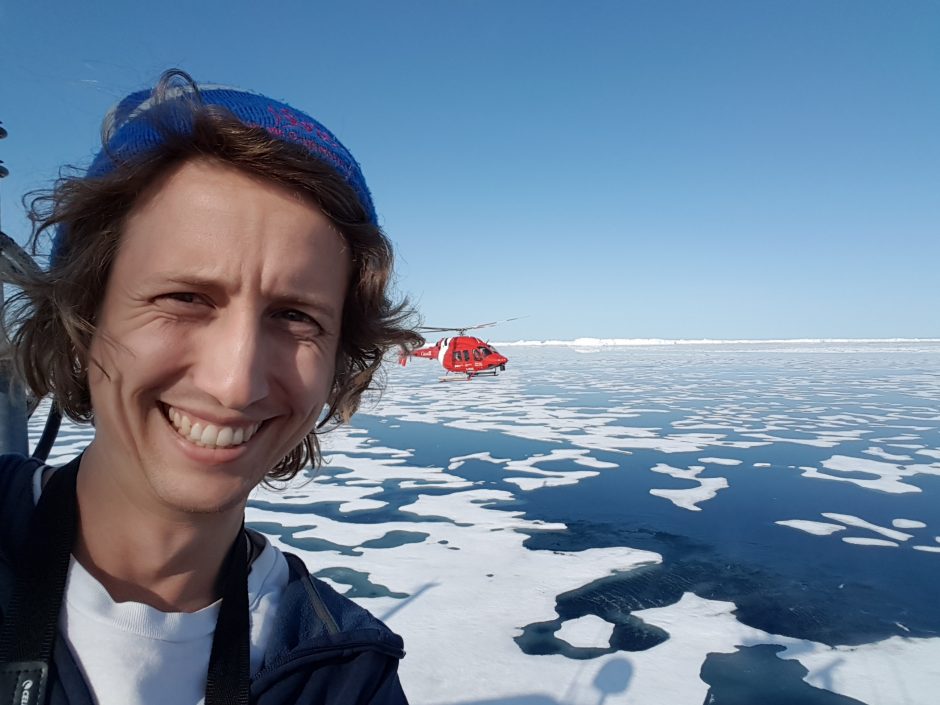A Practical Guide to Chemicals Fate in Urban Areas
Time: 12:30pm to 1:20pm
Location: Beaty Museum Theatre (2212 Main Mall)
View Video here.
Talk summary:
Cities are currently home to the majority of the world’s population and to over 80% of Canadians, with this proportion expected to grow. This city-led growth in population and economic activities is accompanied by complex, interconnected environmental risks. One such risk is exposure to hazardous chemicals—residents of today’s cities are exposed to thousands of chemicals through the food they eat, the air they breathe, and the water they drink. Cities also export many of these chemicals downwind through the air and downstream through water, harming communities and ecosystems. In this talk, I will describe how the movement of chemicals through the urban environment is affected by the design of our built-environments, and how increased urbanization can mobilize many contaminants from air to water, with serious consequences for human and environmental exposure. I will also discuss the role of stormwater green infrastructure in ameliorating these exposures. Overall, improving our understanding of chemical behavior between and within cities could help us build better happier, healthier, and more sustainable cities and communities.

Bio:
I am a Postdoctoral Fellow in IRES here at UBC working with Prof. Amanda Giang. My research looks at how we can use the ways that chemicals move through different environments to inform the design of policy and engineered systems to reduce chemicals impacts on people and ecosystems. My current projects include modeling the emissions, transport and fate of organophosphate esters (OPEs) from global megacities; and assessing how stormwater green infrastructure systems can protect salmon from 6PPD-quinone, a compound found in urban runoff.